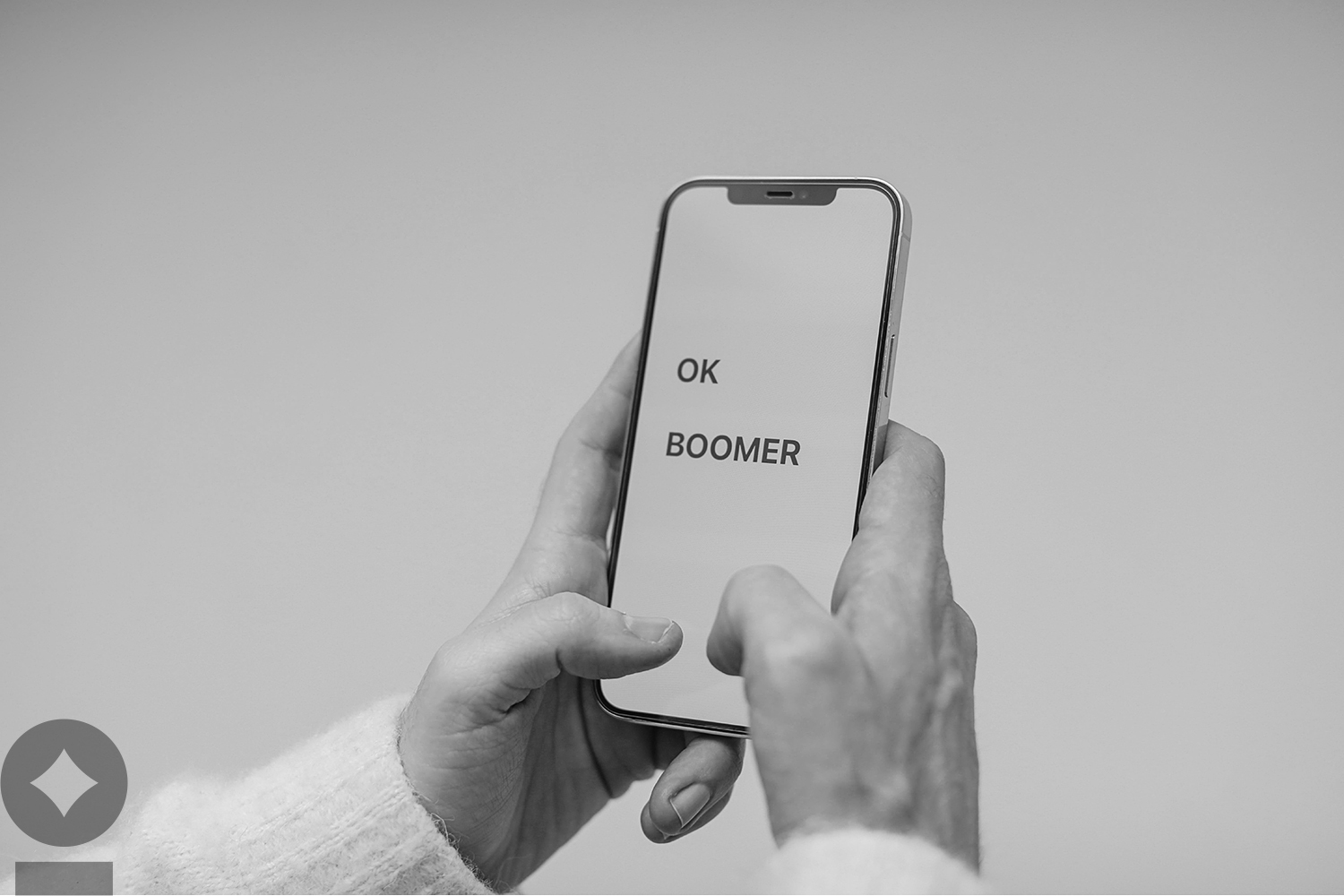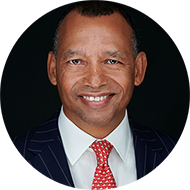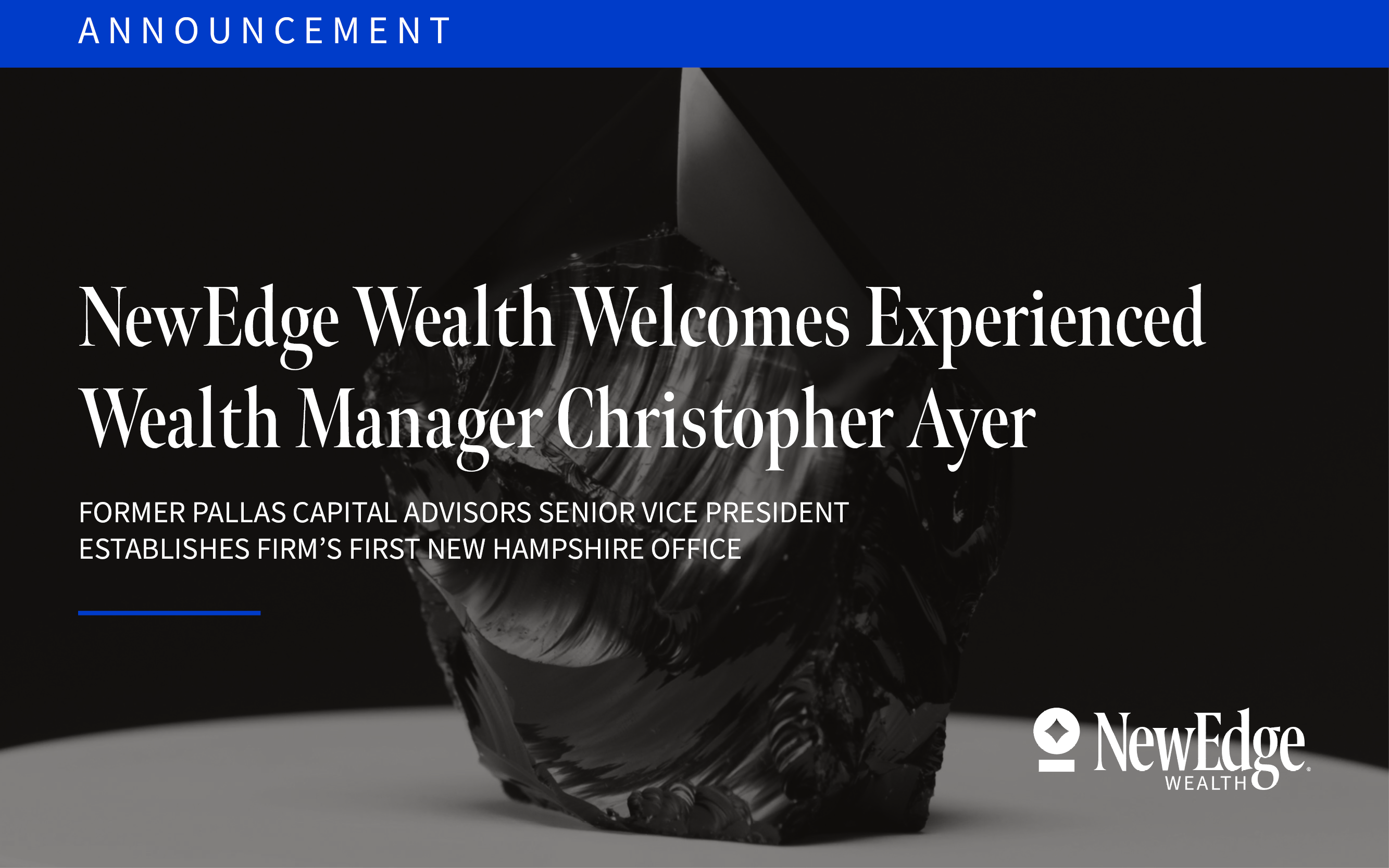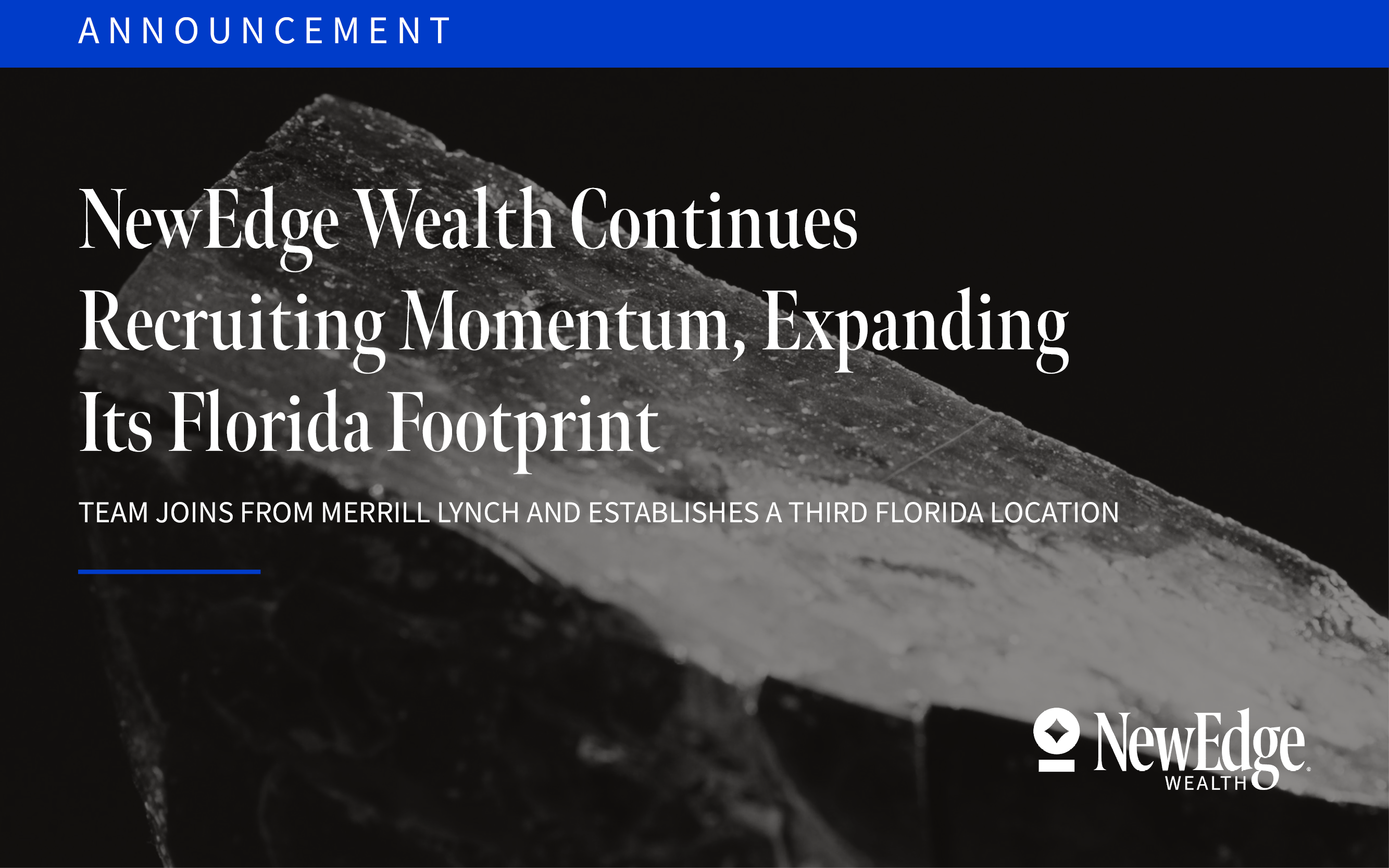Baby Boomers (“Boomers”) are the demographic cohort that followed the Greatest Generation and preceding the one known as Generation X. Boomers were born between 1946-1964 during the baby boom that followed World War II. There was an unprecedented spike in birth rates and this generation sent a demographic shockwave around the world.
Boomers came of age in the 1950s and 1960s, creating significant societal and political changes. They entered adulthood in the late 1960s and 1970s and represent the second most numerous age demographic after Millennials. There are two defined cohorts among the Boomers: the “leading edge” born between 1946-1955 and the “late” Boomers born between 1956-1964.
Boomers reached middle age in the 2000s and started investing in an economy where interest rates were historically low, and many investors were seeking yield by investing in equities and other riskier asset classes. For our purposes, what matters most about the Boomers is that they own and or operate 51% of the privately owned businesses in the United States. Boomers own approximately 3 million privately held businesses valuing $10 trillion. The average age of Boomers falls between 68-78, meaning those Boomer founder/entrepreneurs will find themselves at a crossroads. Most are unlikely to continue operating their businesses until their late 70s. They will either exit or plan for succession to the next generation of family or management team.
Over the next decade, this “age wave” will result in a considerable number of exits. The $10 trillion opportunity will have far-reaching repercussions for the economy as a whole. For Boomers and those who advise them, this “age wave” will be the capstone to their careers and the path towards a transition to the next chapter of their lives.
Research from the Exit Planning Institute (EPI) reveals that Boomers are deeply connected to their businesses on an emotional level and view their identities as intertwined with their businesses. Though a difficult decision, Boomer exits will likely accelerate over the coming decade representing a secular trend.
Are Boomers Ready for an Exit?
Some Baby Boomers may hastily rush to exit, and many will discover they are unprepared for the challenges that await them. A significant number of founders are woefully unprepared to take advantage of market dynamics and exit at the most advantageous time. Consequently, they fail to optimize their exits, primarily due to a lack of comprehensive planning. The following facts and statistics pertain to business owners who operate middle-market businesses. Many Boomers fall into this category. EPI research has revealed startling facts that illustrate the lack of planning for an exit.
- 78% of founders who were surveyed indicated that they had no formal transition team.
- 83% had no transition plan.
- Most concerning, 49% had done no planning at all.
- Only 18% of business owners have completed a formal valuation in the previous two years.
- To further complicate matters, business owners have an unrealistic expectation of the value of their enterprise. 98% of M&A professionals (surveyed by EPI) believe that the business owner’s unrealistic expectations of enterprise value represent the biggest obstacle to a sale or transition.
So, what is a Baby Boomer to do? Planning is of the utmost importance. Many business owners commonly make the mistake of navigating the exit process and handling negotiations independently. This is not the optimal way to achieve a successful exit. Boomers will need to start by engaging with a variety of professionals. The first place to start is to identify the quarterback, the most trusted advisor. That individual could be a financial advisor, CPA, or attorney who is trusted and whose advice is taken into account. Identifying the quarterback should be one of the first steps in the planning process.
The main task of the quarterback will be to help create an exit plan and a process to achieve it. The outline of the Exit Plan should include:
- Determining the state of readiness of the business. Can the business go to market now? If not, what steps need to be taken to get there? For example, is there a customer concentration or lack of succession plan? Those issues need to be resolved before going to market.
- Personal financial and estate planning. What are the goals and objectives of the founder? Has a cash flow budget for life after the exit been established? What amount after taxes will be needed? What steps need to be taken to transfer assets out of the taxable estate? Who will receive these transfers (family members, charitable organizations)?
- Creating a team of advisors to execute the exit plan to include an exit planning consultant, financial advisor, trust and estates attorney, CPA, transactional attorney, and investment banker, among others. There may be other professionals that can be included as needed, but the core team should include those mentioned.
- Establishing a “Life After Exit Plan.” Oftentimes, business owners who engage in an exit process tend to focus their attention on the business and preparing it to go to market, which leads to neglecting their planning. Considering both the business and one’s aspirations are integral parts of the planning process and should be seen as such.
At a bare minimum, these are the necessary steps that the founder must undertake to adequately prepare for an exit.
Be Aware of the Bad Ds
Boomers are susceptible to factors that all too often drive the decision to exit. They are as follows:
- Death
- Divorce
- Disagreement
- Disability
Each of these events can place the business owner in a disadvantageous position when forced to exit prematurely. In most cases, entrepreneurs will not be able to proactively address the Bad D, but having a plan in place can soften the impact.
Considerations for Aging Boomers
The average age range for Boomers falls in the late 60s to early 70s. Consequently, this will impact the nature of the transactions that are most appropriate for a Boomer seller. For example, the seller may not want to continue to stay engaged with the business for an extended period of time. Those advising on the transaction’s terms and conditions would ask for limits on the length of any continued involvement in the business.
In this scenario, Boomer sellers may be advised to take an all-cash deal at a lower valuation rather than stick around for another payday. Earnouts could be less attractive and lengthy engagements after the sale likely should be excluded. Another consideration is that the Boomer seller would be less likely than others to engage in a roll-up or the building up of a platform company. The time it would take to create the optimal valuation would make this type of transaction less appealing.
The type of likely buyers is also impacted. Private equity or strategic buyer whose reason for acquiring the business is to create a roll-up would not represent the best fit for the Boomer seller. A tuck-in acquisition or an outright sale as a stand-alone enterprise represents a more optimal fact pattern. The type of buyer can dictate the best outcome for the Boomer seller. This would be a consideration that could trump the highest possible valuation.
From the seller’s standpoint, the best transaction may not always be the one with the highest valuation. The hidden costs to the highest valuation come in the form of lengthy post-exit engagements with the buyer, expansive non-compete provisions, convoluted earnouts, and other terms and conditions that can constrain the sellers’ life after exit.
Defining the best deal for a Boomer seller will bring factors into focus that may not be important for other sellers. The Boomer seller’s age and stage of life will be essential drivers of what constitutes the best outcome.
Life After Alternatives
The exit plan does not necessarily include the “life after” planning. In general, there are common categories, or combination of categories that most sellers will fall into:
- Retiring into the sunset
- Serial entrepreneur
- Passive investor
- Philanthropist
- Actively running the business
Given what we know about the average age of Boomers, it is unlikely to expect most Boomer sellers to pursue the serial entrepreneur route. They are also less likely to continue to actively run the business for an indefinite period. Any future engagement with the buyer should be limited in scope and time.
The more realistic life after options for the Boomer seller include:
- Retirement,
- Philanthropy,
- Passive investing.
These are not mutually exclusive. The post-exit plan can prioritize several of these paths while allowing the seller the luxury of no longer having to be actively engaged in running the business.
The quarterback should then focus the exit plan to prioritize strategies around titling, gifting, and estate planning. Some considerations include asking the right questions as to who should own the assets. The individual, joint titling, a family LLC, family foundation? What is the strategy around gifting? Do we set up trusts for the next generation? What is the strategy for philanthropic activities? Who is to receive what? How do we minimize estate taxes? What are the best options and strategies to pursue?
All sellers should undertake this exercise as part of the exit plan, but with Boomer sellers, there should be a sense of urgency to produce answers. There may not be another exit on the horizon; thus, the need to get it done right is more acute. Having a particular plan in place can put the seller in the best position to reduce the size of the taxable estate post-sale. Given their time horizon, failure to address these points is particularly disadvantageous to Boomers.
In summary, along with deal terms and conditions, the personal side of the exit plan will look vastly different for Boomers than for other sellers.
Investing Psychology
Boomers have lived through many economic and market cycles. They came of age during the roaring 1960s and lived through the energy crisis and stagflation of the 1970s, followed by the strong economy and markets of the 1980s and 1990s. The economic downturns and market corrections caused by the tech boom and the Great Financial Crisis have left a lasting mark on the psychology of investors. Unlike previous generations, Boomers have lived through levels of volatility in the economy and markets that have wiped out whole industries, companies, and individual fortunes.
As a result, the post-exit investment strategy needs to address the Boomer seller’s risk appetite and time horizon in a different manner. If most Boomer sellers will not continue to run the business or pursue a serial entrepreneurial path, then the investment strategy will need to be oriented around meeting cash flow needs from the assets in the investment portfolio. Income from the business will no longer be the primary means of supporting the Boomer’s lifestyle.
The composition of the seller’s net worth will also need to be adjusted. Before the sale, most of the assets were likely illiquid, including the home, business, other real estate, private investments, and other non-liquid assets. In the future, non-liquid assets cannot be relied upon to generate the cash flow needed to maintain the post-exit lifestyle.
Further, for the majority of Boomers, most of the wealth will need to be concentrated in asset classes that generate income through interest or dividends. These include cash, fixed income, dividend-paying stocks, and income-producing real estate assets, among others. All in a blend that will comfortably support the Boomer’s lifestyle and goals around philanthropy.
Lifestyle choices, time horizon, and risk appetite directly influence the Boomer’s psychology around investing. Those entrepreneurs who have taken risks while growing their businesses will have to modify their risk appetites to maintain the post-exit lifestyle. Accordingly, the time horizon will also impact the composition of their balance sheet
and net worth.
Post exit, the goal may no longer be to maximize net worth via the highest valuation for the company. Proper pre-exit planning identifies the post-exit path and the lifestyle that will ensue. The proceeds from the sale after taxes and expenses will form the bulk of the net worth. Those proceeds need to be invested in asset classes that will support the post-exit lifestyle and plan.
Boomer entrepreneurs differ from the generations that preceded them and those that followed. They were the economy’s backbone, creating businesses and generating unprecedented employment levels. This generational cohort has influenced and impacted the U.S. economy in ways that have yet to be calculated. This generation embraced the entrepreneurial spirit and injected vitality into the economy, especially in the middle market.
As the baton is passed from Boomers to Gen X and Millennials, a notable “age wave” is set to facilitate the transfer of businesses through exits and other transitions. And once again, these unique generations will have needs that differ from others. Transitioning from one generation to the next highlights the importance for sellers and their advisors to carefully contemplate the opportunities emerging from these evolving needs. It’s your time, Boomers—let’s see what opportunities await.
Sources
- Walking to Destiny: 11 Actions An Owner Must Take to Rapidly Grow Value & Unlock Wealth, 2nd Edition Christopher M. Snider
- Closing The Deal, A Business Owner’s Guide to Avoiding Pitfalls, Dispelling Myths, and Selling Your Business the Right Way Andrew Cagnetta
IMPORTANT DISCLOSURES
The views and opinions included in these materials belong to their author and do not necessarily reflect the views and opinions of NewEdge Capital Group, LLC.
This information is general in nature and has been prepared solely for informational and educational purposes and does not constitute an offer or a recommendation to buy or sell any particular security or to adopt any specific investment strategy.
NewEdge and its affiliates do not render advice on legal, tax and/or tax accounting matters. You should consult your personal tax and/or legal advisor to learn about any potential tax or other implications that may result from acting on a particular recommendation.
The trademarks and service marks contained herein are the property of their respective owners. Unless otherwise specifically indicated, all information with respect to any third party not affiliated with NewEdge has been provided by, and is the sole responsibility of, such third party and has not been independently verified by NewEdge, its affiliates or any other independent third party. No representation is given with respect to its accuracy or completeness, and such information and opinions may change without notice.
Investing involves risk, including possible loss of principal. Past performance is no guarantee of future results.
Any forward-looking statements or forecasts are based on assumptions and actual results are expected to vary from any such statements or forecasts. No assurance can be given that investment objectives or target returns will be achieved. Future returns may be higher or lower than the estimates presented herein.
An investment cannot be made directly in an index. Indices are unmanaged and have no fees or expenses. You can obtain information about many indices online at a variety of sources including: https://www.sec.gov/answers/indices.htm.
All data is subject to change without notice.
© 2024 NewEdge Capital Group, LLC





